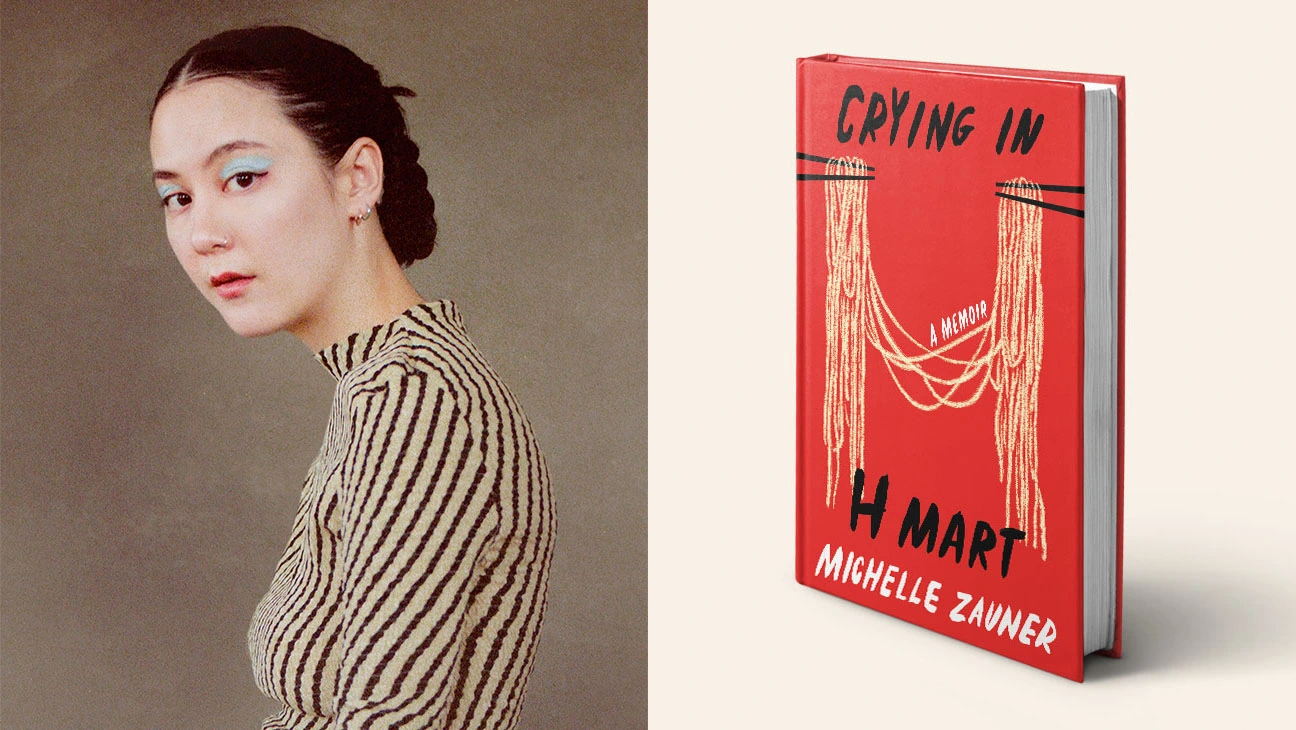The Rustling Land: Profit or Preservation?
Chappaqua may have been settled by the Quakers in the 1730’s, but it was home to Indigenous Peoples long before that. In fact, the name “Chappaqua” derives from an Algonquian word (“shah-pah-ka”), meaning “The Rustling Land.” It has passed through the many twists and turns of history, and much has changed since the land was populated by Indigenous Peoples. In those times, the land was not subject to extensive legal proceedings with ownership passed from one hand to another in the name of a “bid.” Yet, while much has changed regarding how Chappaqua’s inhabitants manage the land, its importance has persisted throughout.
Over the past decade, the Chappaqua Central School District (CCSD), led by Superintendent Dr. Christine Ackerman, has been attempting to sell a plot of land off of Seven Bridges Road, known as Buttonhook, as a pre-approved development project, meaning all building permits are obtained at the time of the sale.
The District originally bought the land in 1973 for $125,000 for the purpose of building a new middle school, but ultimately decided not to build on the land— instead building Seven Bridges Middle School where it resides today. In 2021, a developer representing CG Homes agreed to purchase the land for $2 million on the contingency that all required permits were approved. However, the contract expired in March as the District was unable to provide the approved permits that the deal was contingent upon.
Until recently, the proposed sale and development of this land went uncontested. Over the past few months, however, a group known as the Friends of Buttonhook (FoB), led by Victoria Alzapiedi and Tracey Bilski, president and vice president respectively, have voiced concerns regarding its potential development due to the discovery of Indigenous Peoples’ artifacts. However, in the District’s process to gain the permits required for development, an archeological review was undertaken and did not turn up any evidence of Indigenous People’s relics. As of now, CCSD has expressed their commitment to reviewing all offers on the table, and consider the claims made by FoB as a factor in the overall decision.
On a tour of the property, Alzapeidi pointed out that “the Buttonhook ceremonial site still has ongoing meaning and significance to [Indigenous People].” Indigenous People that have visited the property showed her a plethora of artifacts and signs such as markers indicating ritual sights that they believe to be left by their ancestors hundreds of years ago. As such, FoB have been fighting to ensure the property is preserved. Tracy Bilski, who also owns the adjacent property, adds that the land “has been a beautiful natural habitat for countless animals.”
In conjunction with the Brothertown Indian Nation (BIN), led by Phyllis Tousey, FoB submitted a bid of $1.25 million on September 1, 2022, to purchase the land. Both the BIN and FoB hope to allow students and adults to immerse themselves in the culture this land has to offer.

In their mission to protect Buttonhook, the FoB have attended every recent Board meeting. The Organization has also launched fundraising campaigns to collect money for their bid and have appeared at Chappaqua’s weekly Farmers Market in an effort to spread the news. At the September 14 Board meeting, a letter was read on behalf of Phyllis Tousey, the Chairwomen of BIN. In the letter, Tousey said she “hopes [the] bid [will] present the Board with the opportunity to set an example of how to respond to a social justice issue in a real-world situation.” FoB urges the District to view their bid as an opportunity to “step up and protect this historic and cultural treasure from destruction,” and for the students and adults of Chappaqua to work for the preservation of a sacred piece of land.
While their bid is being considered, the District has the autonomy to accept and reject bids based on a wide variety of factors, including potential tax revenue from the proposed homes, environmental impacts of development, and the claims made by FoB. Superintendent Ackerman and Jane Shepardson, the CCSD Board of Education President, expressed understanding regarding the land’s history and beauty but emphasized that such complex situations necessitate a panoramic perspective: one that takes into account both individual concerns and the taxpayers’ best interests.
In the past, the District has attempted to sell the property both as a forest without the permits needed to begin development and as a property ready to be developed (one with all required permits). The District has remained unable to receive a building permit from the New York City Department of Environmental Protection (DEP) as a result of delays in processing and concerns over water runoff into the Croton Reservoir, which provides drinking water to New York City residents. Until the DEP approves the Board’s development proposal, most real estate developers won’t buy the land as the required permits have not been granted.
During the October 3 Board meeting, President Sheperdson reaffirmed that the District is considering all offers, and is “simply doing [their] job to get all the information [they] need to determine what to do.” The FoB and BIN are committed to purchasing this land in order to protect what they believe to be sacred to the Indigenous People; they believe it is their duty to help to preserve these sites, especially given that so many of them have been developed and cut down in the past. FoB will continue to voice their stance, and the District will take that into consideration when making their final decision.
This situation is continuing to unfold. The Greeley Voice will be making updates to this article as information becomes available.




